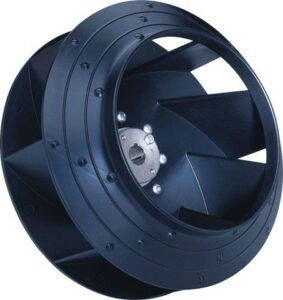Rapid prototyping (RP) is a manufacturing method where 3D models or prototypes are created using computer-aided design software. The purpose of RP is to reduce development time and costs by creating accurate representations of future designs prior to full production.
The term ‘rapid’ refers to the speed at which these models can be produced. RP was originally developed in the 1970s and 1980s as a way to produce plastic molds for injection molding. Today, the term RP is often applied to other forms of three-dimensional printing, such as fused deposition modeling. RP is now being used to create complex medical devices, industrial parts, and even food products.
Rapid prototyping is also commonly known as additive manufacturing. This type of manufacturing uses layers of material to build objects layer by layer.
A History of Rapid Prototyping
Rapid prototyping is quite a recent invention. The first machines for rapid prototyping hit the markets in the late 1980s. The early rapid prototyping process derived its name from the activities and the purpose for which the earlier machines were utilized.
What is Rapid Prototyping?
Rapid prototyping refers to physical objects that are automatically constructed with the aid of additive manufacturing technology.
Rapid prototyping in its earlier days, was applied to the production of models and prototype parts. But nowadays, with the advancement in technology, rapid prototyping is used widely for many applications that include manufacturing production-quality parts. The manufacturing of these quality parts, however, is very small in numbers. Apart from industrial applications, rapid prototyping is also used in sculpture. The application of rapid prototyping in sculpting is to generate fine art exhibitions.
Rapid prototyping, as mentioned earlier, involves the use of additive manufacturing technology which actually takes the virtual designs from computer-aided design (CAD) or animation modeling software (AMS).
These designs are further transformed into thin, virtual, horizontal cross-sections and then the process of creating successive layers continues till the model is incomplete. On completion of the model, one may find that the virtual model is almost the same as the physical model. Over here a process called WYSIWYG (What You See Is What You Get) takes place wherein the final product is the same as the image created. Once the layers which correspond to the virtual cross section from CAD are formed, they are either joined or fused automatically to yield the final shape. Additive fabrication has the benefit of creating any shape or geometric feature.
This STL file format enables the approximation of a shape of a part or the entire assembly using triangular facets. The smaller the facet, the higher the quality surface. One should consider the meaning of the word rapid as ‘relative’, as the construction process of a model with contemporary methods can take up a long time which can be several hours to several days. It actually depends upon the complexity and size of the model. The method used over here also plays an important role. Sometimes the type of machine being used also influences the time taken for the creation of a new model though the additive systems are applied. Even here the size and the number of models to be created play an equally important role.
Read more: Rapid Prototyping

